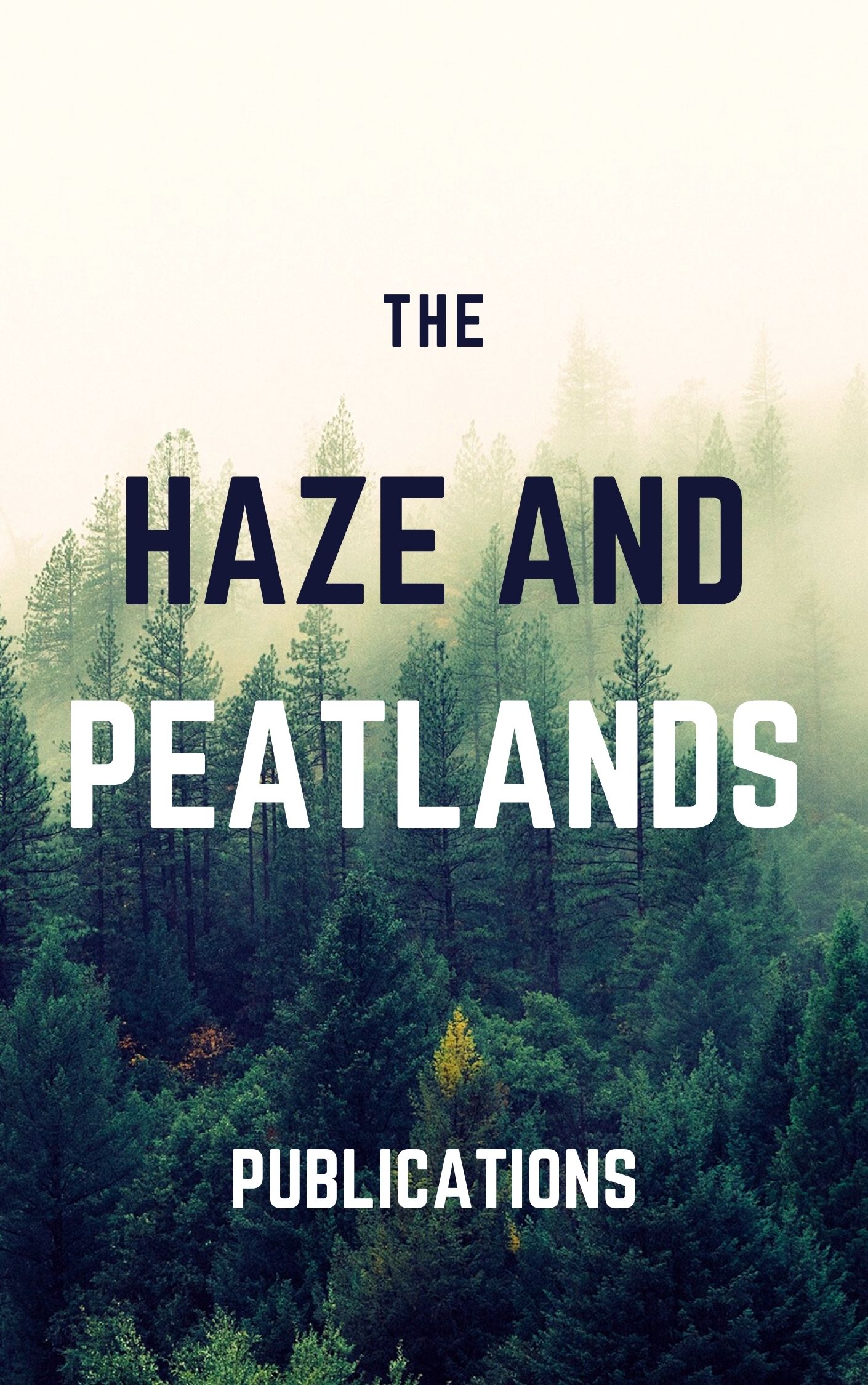Protecting the tropical peat swamp forests in Southeast Asia is critical for addressing global sustainability challenges such as climate change and biodiversity loss. However, more than half of these forests have been lost since 1990 due to the rapid expansion of drainage-based agriculture and forestry. Within the oil palm sector, the number of regional smallholder oil palm plantings on peat soils has risen quickly. These activities are challenging to govern and manage, due to their fragmented nature and the numerous farmers involved. It is imperative to understand the spatial distribution and drivers of the smallholder oil palm-related conversion of peat swamp forests. In contrast to existing studies based on farm surveys, we used state-of-art maps of smallholder oil palm plantings, derived from 2019 remote sensing data. Spatial data about socioeconomic and biophysical factors (e.g. mills, roads, water ways, and concessions) was then used to develop logistic regression models to investigate the relative influence of these factors. We show that the spatial patterns of smallholder oil palm plantings are distinct from those of industrial oil palm plantations, revealing the critical roles of roads, especially service roads, residential roads and tracks, in driving smallholder oil palm expansion within peatlands. We found that 90% of smallholder oil palm areas were located within 2 km of roads and 25 km of mills. The mean likelihood of a given land area being converted from peat swamp forests to smallholder oil palm declined rapidly with increasing distance from roads and mills. In addition to roads and mills, land use zones (e.g. the setting of concessions and migration settlements) and other environmental factors (e.g. precipitation and elevation) were identified as important drivers of smallholder oil palm expansion on peatland. Based on these findings, we identify priority regions for the protection of the remaining peat swamp forests in Indonesia and discuss strategies for tackling these sustainability challenges on local and global scales.
View source

